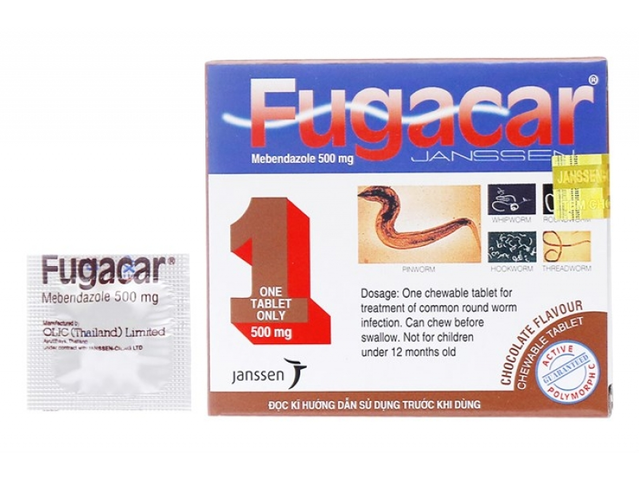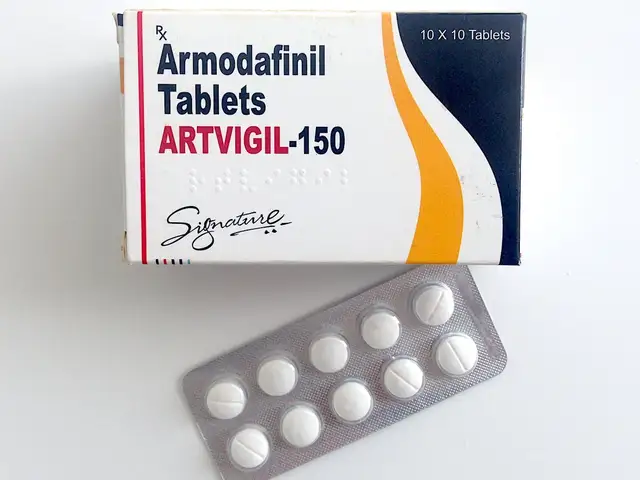Famotidine: What It Is, How It Works, and What You Need to Know
When you’re dealing with famotidine, a histamine H2 receptor blocker used to reduce stomach acid production. Also known as Pepcid, it’s one of the most common over-the-counter and prescription meds for heartburn, acid reflux, and stomach ulcers. Unlike antacids that just neutralize acid after it’s made, famotidine stops your stomach from making too much in the first place. That’s why it lasts longer—often up to 12 hours—and works better for people who get heartburn often or at night.
Famotidine doesn’t just help with occasional heartburn. It’s also used to treat peptic ulcers, sores in the stomach or small intestine caused by excess acid or H. pylori bacteria, and GERD, a chronic condition where acid backs up into the esophagus. Doctors sometimes prescribe it for Zollinger-Ellison syndrome, a rare disorder that makes the body produce way too much stomach acid. It’s also used in hospitals to prevent stress ulcers in critically ill patients.
People often wonder how famotidine stacks up against other acid reducers like omeprazole or ranitidine. Unlike proton pump inhibitors (PPIs), which block acid production more completely but take a few days to kick in, famotidine works faster—usually within an hour. But it doesn’t suppress acid as deeply or for as long as PPIs. That’s why many use it for mild to moderate symptoms, or as a bridge while waiting for stronger meds to take effect. Ranitidine, once a top choice, got pulled from the market over safety concerns, making famotidine one of the few reliable H2 blockers left.
Side effects are usually mild: headache, dizziness, or constipation. Serious reactions are rare, but if you get confusion, rapid heartbeat, or unusual bruising, stop taking it and call your doctor. It’s generally safe for short-term use, even during pregnancy, but long-term use without medical supervision isn’t recommended. Older adults and people with kidney problems may need lower doses because the body clears it slower.
What you’ll find in the posts below is a mix of real-world advice and clinical insights. You’ll see how famotidine fits into broader treatment plans for acid-related conditions, what to watch out for when combining it with other meds, and how it compares to natural remedies or lifestyle changes. Some posts dive into drug interactions, others into patient experiences—no fluff, just what works and what doesn’t. Whether you’re taking it for heartburn after spicy food or managing a long-term condition, this collection gives you the facts without the marketing.










